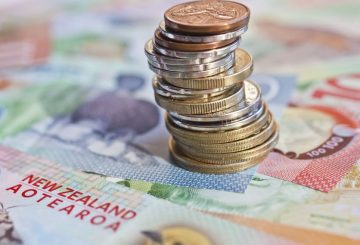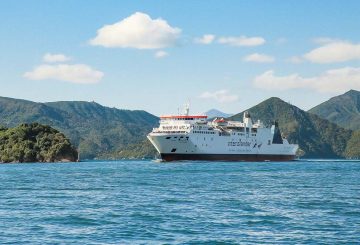58세의 간호사인 다이앤 앨더는 새해 첫날 넘어져 손목과 팔뚝이 골절된 후 골다공증에 걸렸다는 사실을 알고 충격을 받았습니다.앨더는 활동적인 삶을 살았음에도 불구하고 뼈가 부러진 적이 한 번도 없었으며 처음에는 자신의 부상이 불행한 사고의 결과라고 생각했습니다.
앨더는 회복 중에 골절 연락 서비스 (FLS) 로부터 연락을 받아 골밀도 스캔 일정을 잡았습니다.ACC가 자금을 지원한 이 서비스는 앨더에게 큰 도움이 되었으며, 골다공증에 대한 귀중한 정보와 상태를 관리하는 방법을 알려주었습니다.
앨더는 반려견의 사발에서 쏟아진 물에 미끄러져 넘어져 손목이 부러지는 사고가 발생했습니다.부상으로 인한 고통과 불편에도 불구하고 앨더는 3주 후 가벼운 업무에도 불구하고 간호사로 일하러 돌아왔습니다.
2022년 6월에 설립된 골절 연락 서비스는 국제 골다공증 재단의 Capture the Fracture 프로그램에서 실버 스타 등급 인증을 획득하며 지역 사회의 귀중한 자산으로 인정받고 있습니다.이 서비스는 지역 내에서 반복되는 골절을 예방하고 골다공증을 식별하며 낙상과 골절을 줄이는 것을 목표로 합니다.
이 서비스는 처음 시작된 이래로 타라나키 지역에서 50세 이상 785명의 허약성 골절을 앓고 있는 것으로 확인되었습니다.이 중 530명이 치료 권고를 받았으며 57% 이상이 골다공증 식별 후 16주 이내에 골다공증 관련 치료를 시작했습니다.
골다공증은 뼈를 약하게 만들어 부서지기 쉽고 골절 위험을 높이는 만성 질환입니다.2023년에 ACC는 65세 이상 성인의 낙상 관련 부상에 대한 173,000건 이상의 신규 청구를 접수했으며, 회복 지원 비용은 3억 4,500만 달러였습니다.ACC 부상 예방 책임자인 제임스 휘태커 (James Whitaker) 에 따르면 예방 조치를 취하지 않으면 2035년까지 이러한 부상으로 인한 비용이 7억 2천만 달러에 달할 것으로 예상됩니다.





























































